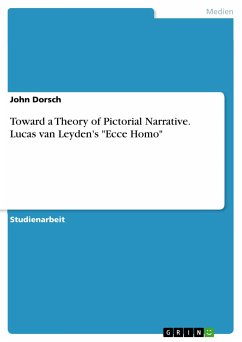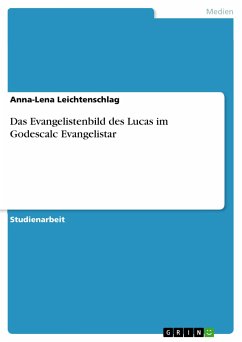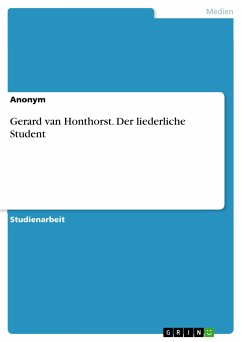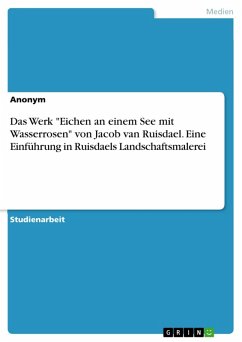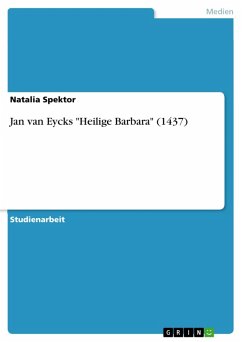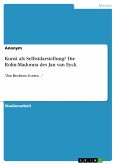Studienarbeit aus dem Jahr 2014 im Fachbereich Kunst - Kunstgeschichte, Note: 1,5, Eberhard-Karls-Universität Tübingen, Veranstaltung: Bilddruck in Europa 1480-1980, Sprache: Deutsch, Abstract: What is that common expression?—a picture is worth a thousand words. We say this because every image tells a story. But if an image tells a story, then how, when it is only a single image? Pictorial narrative is the name for an image's propensity to tell a story. By this we mean a single static image, not a series of static images. Not until recently has the topic of pictorial narrative received so much attention from the research. This is largely due to three dilemmas that arise when attempting to conceptualize a two dimensional work of art as depicting four dimensions: in regards to the artwork, Who is the narrator of the story? How is the sequence of events represented? What provokes the viewer to begin telling herself a story? The purpose of this paper is to address these questions, develop concepts for their articulation and relation, and apply the resulting concepts to an analysis of Lucas van Leyden's "Ecce Homo". The approach offered is a post-structuralist account of narration, an inferential account of meaning, and a phenomenological account of experience. This paper is indebted to Lorenzo Pericolo's monograph entitled Caravaggio and Pictorial Narrative for articulating the dilemmas concerning pictorial narrative.

